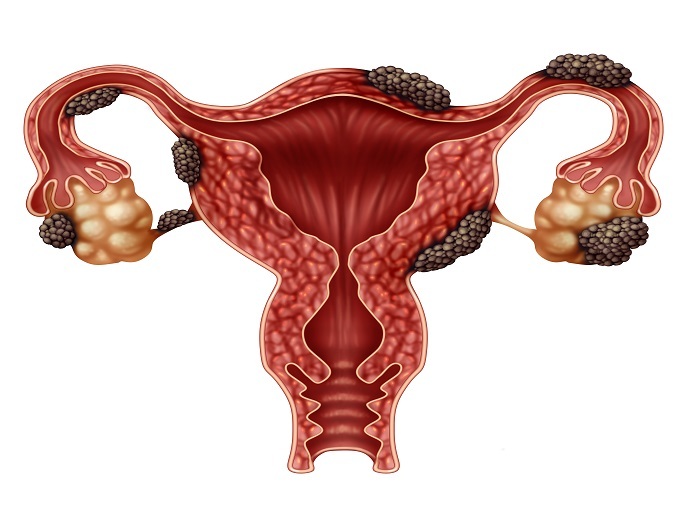Molecular cues into the pathogenesis of endometriosis
In endometriosis, endometrial tissue grows outside the uterus in organs of the pelvis such as the bowel and the ovaries, causing great pain and reducing patients' quality of life. Existing treatments entail surgical excision of the lesions or suppression of ovarian function, with resulting unwanted infertility as well as other side effects.
Molecular insight into the pathogenesis of endometriosis
To address the unmet clinical needs of endometriosis treatment, the MOMENDO(opens in new window) project investigated novel mechanisms which could explain why the disease occurs and how it progresses. Undertaken with the support of the Marie Skłodowska-Curie programme(opens in new window), the project involved a multidisciplinary team of experts in the field who worked together to study endometriosis-associated pain and inflammation. Project coordinator Martin Götte explains: “We focused on molecular mechanisms that were affecting symptoms of high relevance for patients and researched towards novel directions of treatment.” Researchers sought to understand the formation of lesions and the invasive growth that induces considerable pain. They discovered that women with endometriosis exhibit an increased number of pain-sensing nerves associated with neuroinflammation. In particular, the activity of the cyclooxygenase 2 COX2(opens in new window) enzyme seems to increase pain sensitivity. Interestingly, natural substances derived from rosemary and traditional Chinese medicine reduced the growth of nerves and inflammatory cells in cell culture, opening up a novel therapeutic perspective for endometriosis. MOMENDO discovered that small regulatory molecules called microRNAs are deregulated in endometriotic tissue, contributing to the invasive growth of endometriotic cells. Importantly, experimental upregulation of selected microRNAs inhibited many of the pathogenetic properties of patient-derived endometriotic cells in culture, including growth, invasion and stemness. “An important achievement of MOMENDO was the characterisation of endometriotic stem cells and their role in endometriosis and endometriosis-associated cancer,” emphasises Götte. As he explains, the consortium's hypothesis was that endometriotic lesions were generated from stem cells, given their capacity for unlimited growth and increased resistance to therapeutic drugs. MOMENDO researchers evaluated strategies to target these cells, such as microRNAs and gamma-secretase inhibitors. Using a method called transcriptomics, the researchers found that endometriotic cells of some patients show similarities with cancer cells, with new insight towards tailored therapies.
MOMENDO impact and future prospects
Although MOMENDO undertook laboratory research to identify novel molecular mechanisms, several project findings can be translated in the clinic. “Our research has identified novel molecular mechanisms of endometriosis, many of which are suitable as potential drug targets,” highlights Götte. These same mechanisms are expected to fuel more research on this disease in the future. The positive therapeutic results obtained in preclinical experimental models pave the way for some of the targeting strategies including gamma-secretase inhibitors, microRNA-based drugs and anti-inflammatory compounds to be evaluated in endometriosis trials. Moreover, certain clinicopathological findings of the consortium point to the implementation of novel hormone-based approaches to treat pain in endometriosis patients. With nearly half of patients reporting an impact on their work and relationships, endometriosis undoubtedly poses a heavy socioeconomic burden. Through its strong network of collaborators, MOMENDO will ensure the continuous exchange of expertise and resources to maintain related research and address knowledge gaps in the field.







